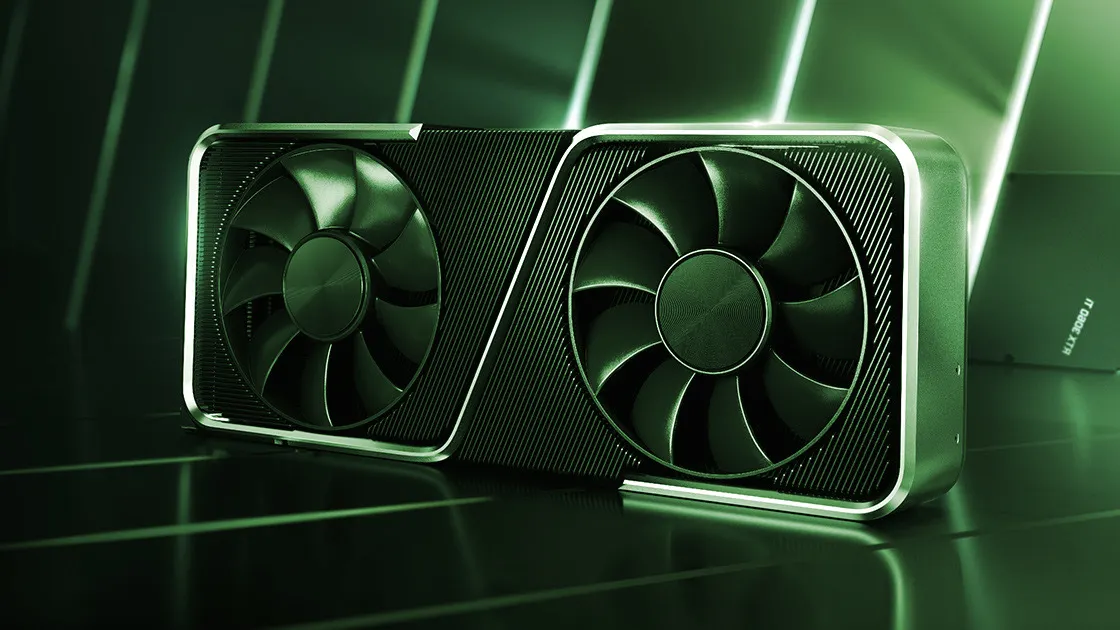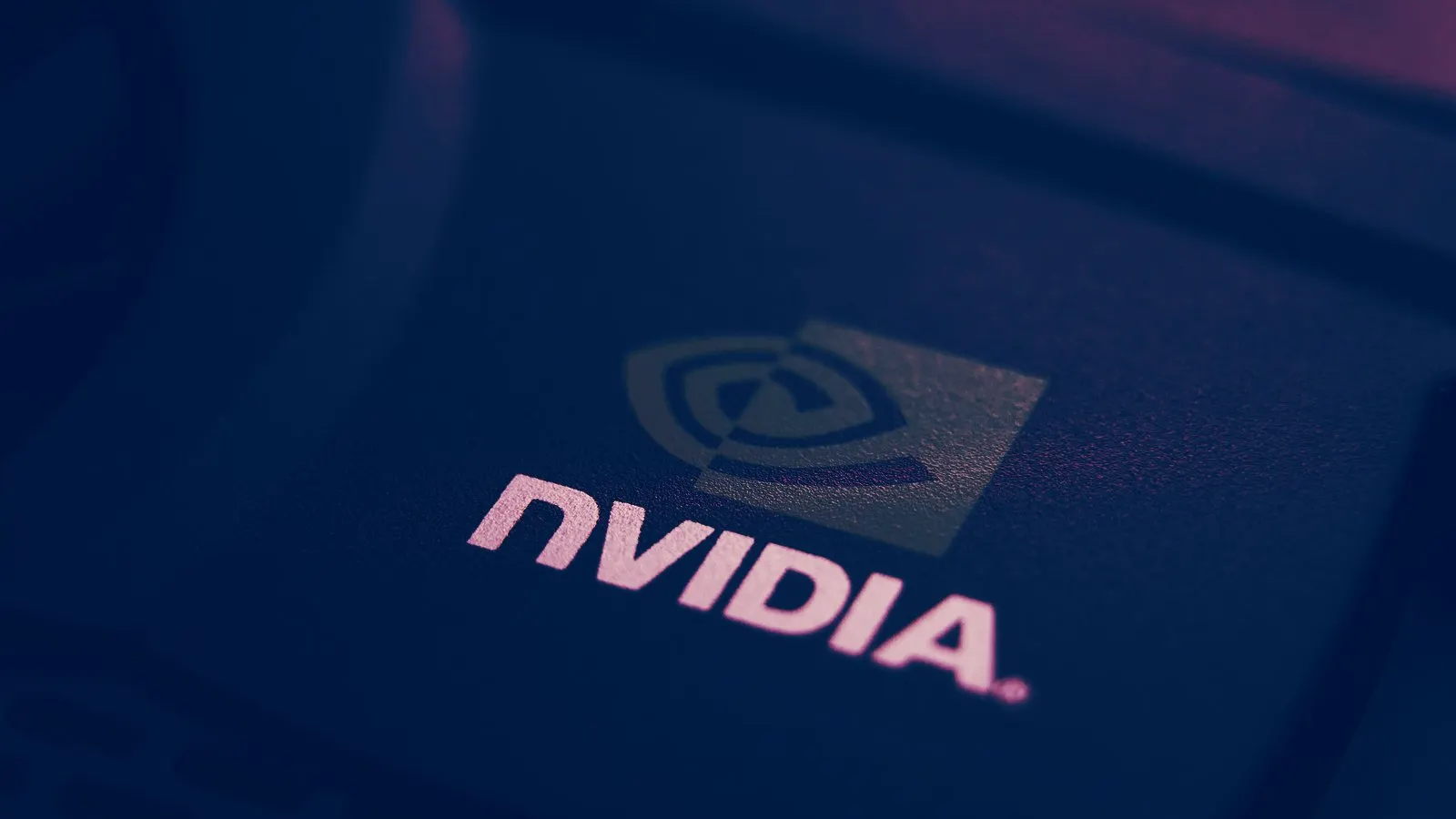Nvidia has long been at the center of a battle between the gaming community and crypto miners that's sent the price of its graphics cards soaring.
Since last year, the company has taken the side of gamers, arguably its more lucrative market.
Nvidia announced in May 2021 that it would be throttling the hash power for its line of RTX 3000 graphics cards, with the aim of making them "less desirable" for cryptocurrency miners. Called Lite Hash Rate (LHR), the software update made mining Ethereum in particular 50% less efficient, according to the firm.
A new report from PCMag has now revealed that the company's efforts may have been in vain.
NiceHash, a mining pool provider, said that the introduction of LHR "did not discourage miners at all."
Another solo miner, running a mix of LHR and non-LHR GPUs to mine Ethereum, said that "LHR was pointless" and that the software update "isn't a deal breaker for miners." Even with this mix of GPUs, this miner earns roughly $4,500 in Ethereum each month.
The reasons for the failure are myriad. For one, throttled GPUs can reportedly be unlocked, making them up to 74% as efficient as non-LHR GPUs.
Second, miners can still mine lesser-known cryptocurrencies besides Ethereum. Another miner named Sev told PCMag that "there's coin even better than Ethereum to mine for my purposes of monthly withdrawals rather than holding."
The focus on smaller cryptocurrencies will also play a much more significant role in this battle over graphics cards once the Ethereum network switches from its proof-of-work (PoW) mining algorithm to a proof-of-stake (PoS) algorithm.
Crypto mining algorithms and Nvidia
The PoW algorithm, also used by Bitcoin, means miners need to run powerful computers 24/7 to verify transactions on the network.
For doing so, they are rewarded in the network's native currency, be it Ethereum or Bitcoin. The more miners (especially powerful ones) you have, the more rewards you're able to earn.

The Hard Truth About Bitcoin's Energy Consumption
Bitcoin recently broke $60,000 for the first time, cementing its perch as the “big dog” of cryptocurrencies. It has been embraced by groups as disparate as politicians, NFL stars, and Tesla CEO Elon Musk. And the fact that cryptocurrency is entirely digital makes it sound, in theory, as though it would be the greenest currency the world has ever seen. After all, unlike paper money, no trees have to be cut down to create Bitcoin. But people and press have become increasingly concerned about whe...
The PoS algorithm instead relies on different economic incentives rather than amassing as much expensive hardware as possible.
The more of a native currency that is staked, or how much of a network's token you own and put at risk to verify the network, the more likely it is that they will earn the network's reward. Failing to do a good job verifying the network means that you may lose some of those tokens staked as a penalty.
Thus, if Ethereum achieves this transition, it may spell the end of the arms race for powerful computer chips.

Ethereum’s GPU Mining Landscape is Bracing for Change
Ever since cryptocurrency miners realized that the graphics processing units (GPUs) used to process the demanding visuals for modern PC games could be turned to the task of crunching numbers to produce crypto, gamers and miners have been at loggerheads. Miners have snapped up stocks of GPUs as soon as they come on the market, sending prices soaring and leaving gamers empty-handed. Those tensions threatened to burst forth last week, as reports spread that so-called hash-rate limits—applied by GPU...
In the meantime, however, GPU manufacturers continue to wrestle with how to satisfy the demands of two competing customer bases.
Nvidia's attempt to wean miners off its commercial GPUs and onto dedicated crypto mining cards has met with mixed results; sales revenues from its Crypto Mining Processor (CMP) cards dropped by 60% between Q2 and Q3 2021, to $166 million, with CFO Colette Kress expecting the product to "decline quarter-on-quarter to very negligible levels in Q4."
Other manufacturers, including AMD and Intel, have essentially thrown their hands up in defeat, announcing that they won't attempt to throttle crypto mining on their core line of products.





